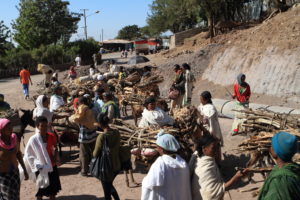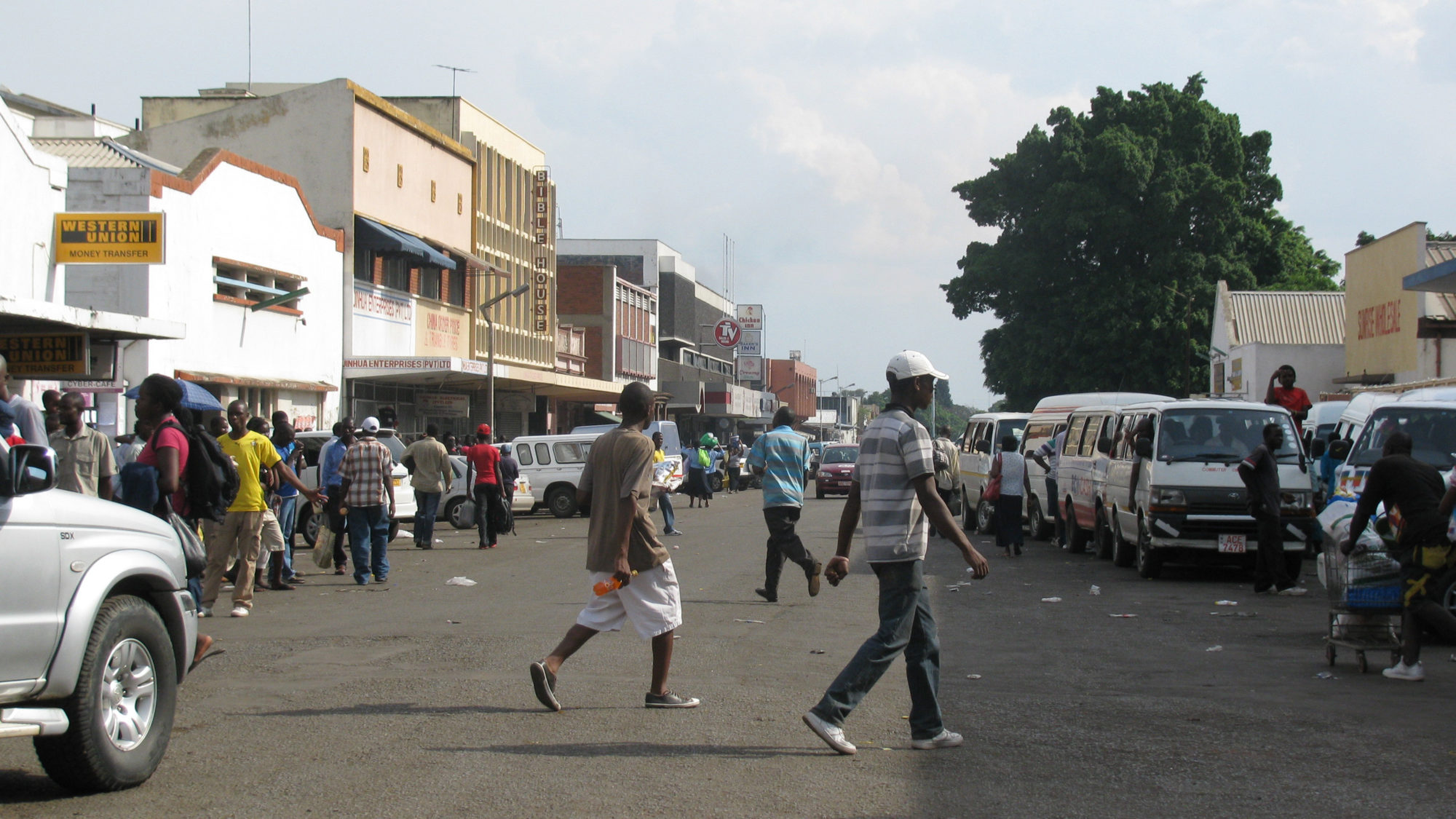
Regaining momentum?
An update on microinsurance in South Africa. In 2011, a policy document entrenched and refined a proposed microinsurance regulatory framework for South Africa that was envisaged to be incorporated into a forthcoming Microinsurance Act and subordinate legislation. However, in 2013 the decision was made to no longer pursue standalone microinsurance



















